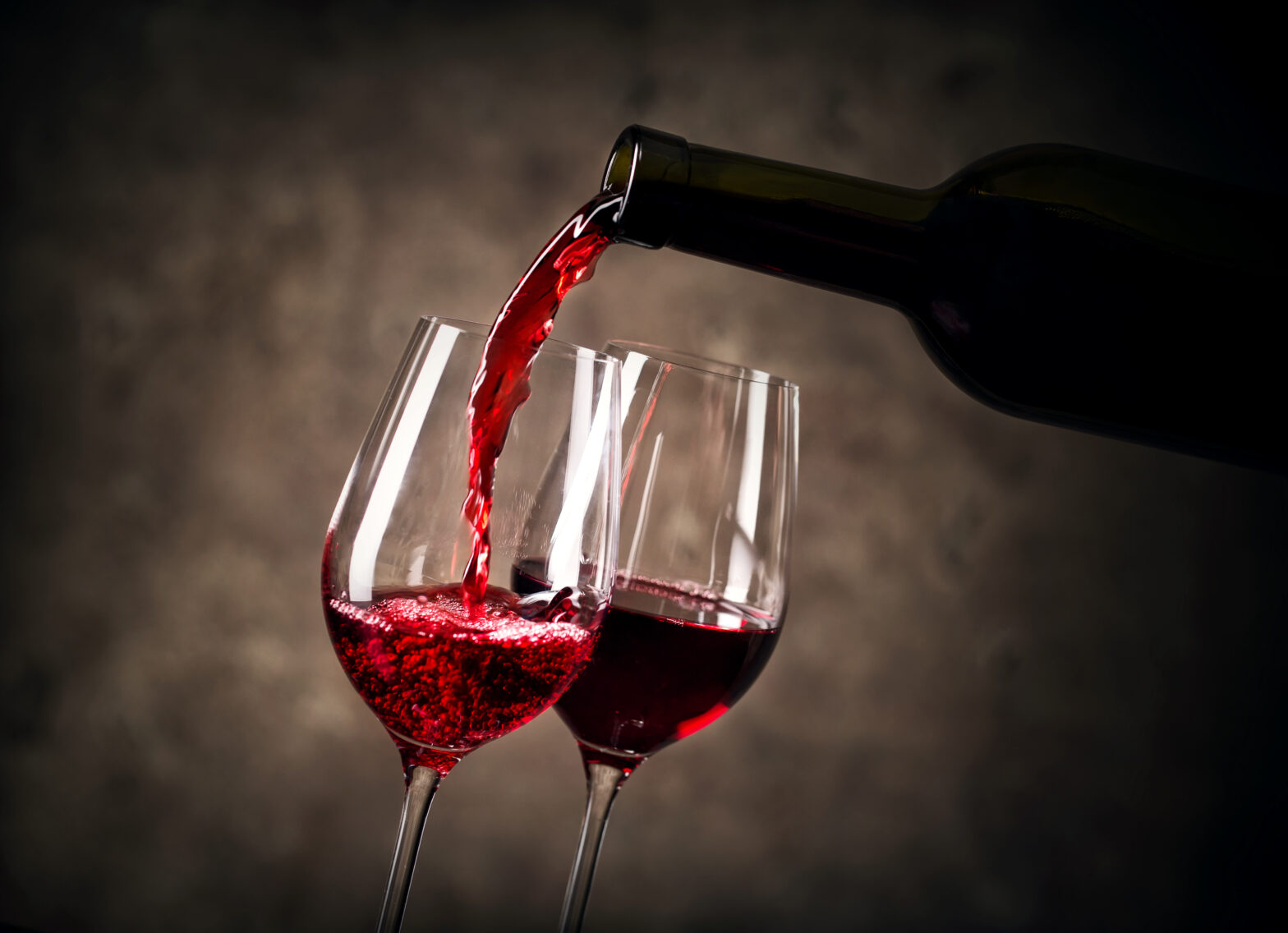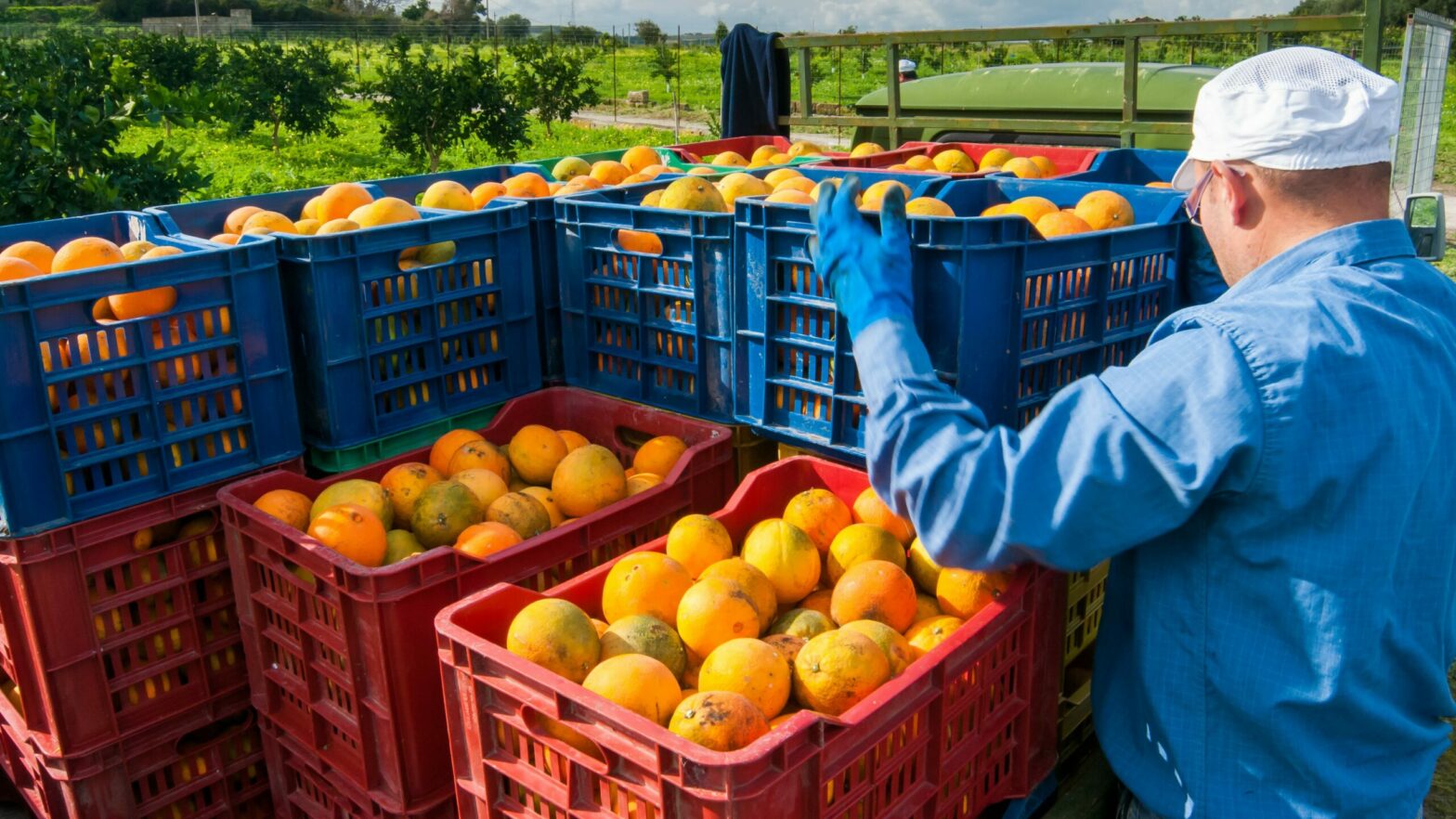A new study into England’s wine industry finds it is now worth over £130 million, a symbol of the market’s buoyancy.
This is especially good news when you consider that English winemakers had warned earlier this year that the air frost that hit the country following a warm start to 2017 had caused ‘catastrophic’ damage to buds which had bloomed earlier than usual.
While the headline stats are positive, just what movement have we witnessed within England’s wine market in recent times?
Specialist wine insurance provider Lycetts as they document the growth of the country’s wine industry:
2016 growth
Business finance supermarket Funding Options have crunched the numbers and found that English independent wine producers upped their turnover to £131.9 million in 2015/16. This is a 16 per cent rise on the £113.8 million turnover which was recorded in 2014/15, as well as a considerable jump from the £55.7 million recorded just five years ago (2010/11).
Likewise, 64 per cent of new wine producers gained a wine production licence in 2016, according to figures from HM Revenue and Customs. This increase set yet another record for the English wine industry.
Funding Options founder Conrad Ford comments, ‘English wine is going from strength to strength.’
‘The English wine industry is not only gaining traction amongst domestic consumers, but is now being ranked with wines from traditional white wine-producing countries such as France and Germany.
‘Wine growers need to reduce restrictions on production and capacity to ensure consistent, sustainable growth in the long-term. The fall in the value of sterling serves to showcase exactly how producers need to be able to increase capacity to react quickly to changing market conditions.’
The accolades of English wine
Today, England’s wine scene is award-winning, beating the competition from international territories that are renowned for their wine-making capabilities.
Back in May 2017, the world’s best white wine was named as Winbirri Vineyards’ Bacchus 2015. It picked up the Platinum Best in Show prize at the Decanter World Wine Awards. The Norfolk-based wine saw off competition from some 17,200 other entries and received a score of 95 out of 100 by a panel of 200 experts from across the globe.
CEO of the Wine and Spirit Trade Association, Miles Beale, says, ‘It comes as no surprise to us that an English Bacchus wine has won a major international award. Up until now, English Sparkling Wine has been grabbing most of the headlines for its outstanding quality. It was only a matter of time before an English still wine showed the world it can also compete with the best.’
This isn’t the only award English wines have scooped over the years. In 2010, both the Camel Valley winery in Cornwall and Nyetimber in West Sussex were recognised at the 2010 International Wine Challenge — the former for its 2008 Pinot Noir Rose Brut and the latter with its 2001 Blanc de Blancs.
At the inaugural Independent English Wine Awards, Good Life Farm Shop was awarded Silver for its 2013 Blanc de Noirs wine. Likewise, last year East Sussex-based Sedlescombe Organic Vineyard’s 2015 Regent Rose was awarded the only ‘Top Gold’ medal at the 2016 International Organic Wine Awards.
The size of the English wine industry
The English wine industry is now bustling, as statistics from English Wine Producers have shown. According to the marketing arm of the UK’s wine industry, as of 2016 there were 503 commercial vineyards and 133 wineries throughout England and Wales. In 2015, these facilities — which have a total hectarage of over 2,000 hectares under vine — collectively produced an estimated 5.06 million bottles of wine.
There are many vineyards and wineries across England too. There are 13 wine producing regions in Mercia, seven in East Anglia, another seven in the South West, six in the South East, five in the Thames & Chilterns area and four in Wessex.
English Wine Producers’ Julia Trustram Eve says, ‘If you compare us as a wine-producing nation to most other regions in the world, we’re miniscule. But if you look at our rate of growth, we’ve more than doubled our hectarage in the last 10 years.’
Many different types of wine are now produced in England and Wales. This is made up of approximately 66 per cent sparkling wine, 24 per cent still white wine and the remaining ten per cent red or rosé wine. Further variety is seen when looking at the top ten grape varieties planted, which is based on 1,532 hectares of vineyards analysed:
- Chardonnay, which made up 23.06 per cent of production; a total area in commercial production of 353.37 hectares.
- Pinot Noir, which made up 22.01 per cent of production; a total area in commercial production of 323.14 hectares.
- Bacchus, which made up 8.39 per cent of production; a total area in commercial production of 128.52 hectares.
- Seyval, which made up 5.76 per cent of production; a total area in commercial production of 88.31 hectares.
- Pinot Meunier, which made up five per cent of production; a total area in commercial production of 76.65 hectares.
- Reichensteiner, which made up 4.72 per cent of production; a total area in commercial production of 72.35 hectares.
- Rondo, which made up 3.15 per cent of production; a total area in commercial production of 48.24 hectares.
- Muller Thurgau, which made up three per cent of production across a total area in commercial production of 45.94 hectares.
- Madeleine Angevine, which made up 2.57 per cent of production across a total area in commercial production of 39.34 hectares.
- Ortega, which made up 2.32 per cent of production across a total area in commercial production of 35.48 hectares.
On top of the above, it is also claimed by English Wine Producers that a million vines are to be planted in England and Wales in 2017 — the largest planting achieved in a single year.
Changes to England’s wine scene
A major change is planned that will move England’s wine scene forward on both a domestic and international scale. England’s wine industry was recently voted for by both The United Kingdom Vineyards Association (UKVA) and English Wine Producers (EWP) for the two bodies to be merged into one single-industry representative body. Named UK Wine Producers (UKWP), this organisation will now be tasked with promoting, representing and supporting every wine producer and vineyard found across the UK.
Hattingley Valley owner Simon Robinson has been named as chair of the UKWP and said to Horticulture Week, ‘We can now speak with a single voice, and can consult with a single membership, making it clearer to government what the industry thinks.
‘The big issue now for us is Brexit. We want assurances that there will be no constraints on planting. In large parts of Europe, you can’t plant a new vineyard unless you take one out. We aren’t scouting for government support for production but would like support for sales and marketing, especially overseas, as other wine-producing countries do.’





